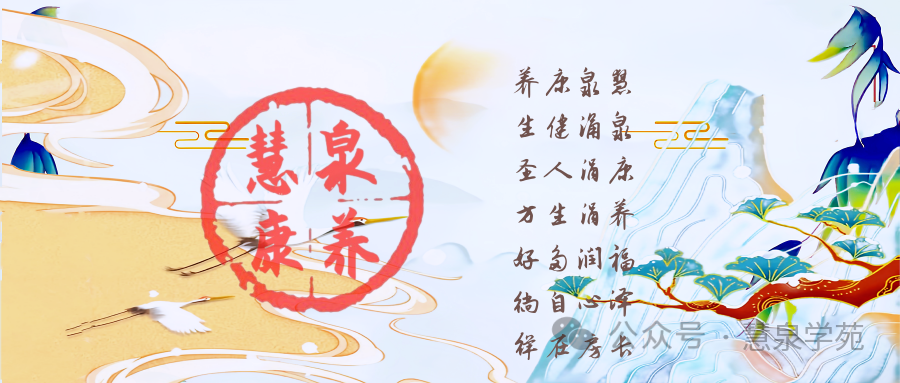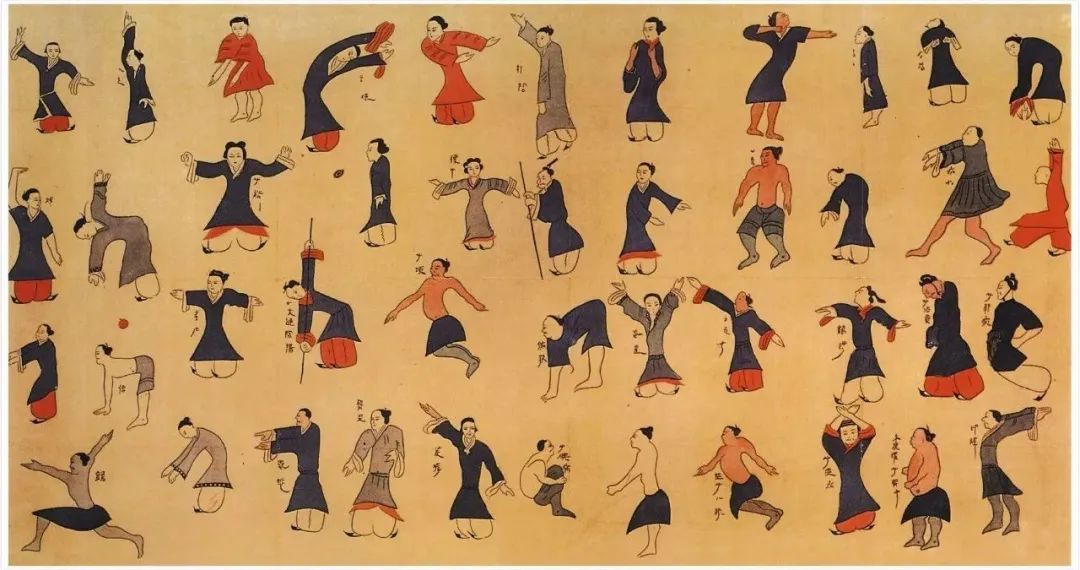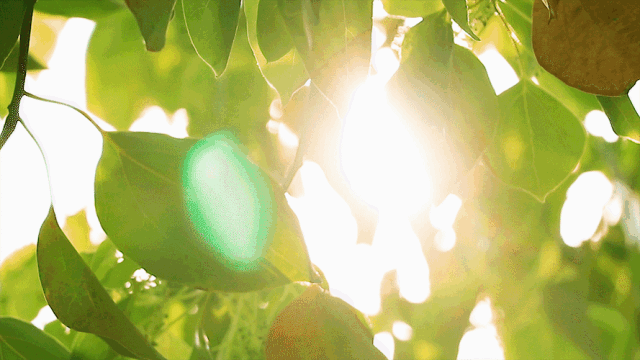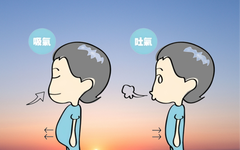 Dao Yin (导引) originated in ancient times and was already very popular during the Spring and Autumn and Warring States periods, valued by both immortals and physicians of that era. Later, it was inherited by Daoism as one of the cultivation methods, refining the practice to circulate “Zhen Qi” (真气) along specific pathways and sequences.
Dao Yin (导引) originated in ancient times and was already very popular during the Spring and Autumn and Warring States periods, valued by both immortals and physicians of that era. Later, it was inherited by Daoism as one of the cultivation methods, refining the practice to circulate “Zhen Qi” (真气) along specific pathways and sequences.
Daoism developed and inherited this practice, considering Dao Yin an important method for refining the body, believing it regulates Ying and Wei (营卫), eliminates dampness and food stagnation, expels wind evil, benefits blood and Qi, heals various diseases and even promotes longevity.
In the chapter “Ke Yi” of the Zhuangzi (庄子): “Breathing in and out, expelling the old and taking in the new, stretching like a bear and a bird, is for longevity; this is what Dao Yin practitioners and those who cultivate their form, like Peng Zu (彭祖), cherish.” This illustrates that the activities of breathing and stretching are fundamental to Dao Yin, aimed at nurturing the body and promoting longevity.

Dao Yin Diagram
Dao Yin, also known as “Dao Yin” (导引), originates from ancient dance movements, often combined with breathing techniques, mindfulness, swallowing saliva, and self-massage, as one of the six methods of Traditional Chinese Medicine (TCM), was used in ancient times for health maintenance and disease treatment.
The phrase “Regulating Qi for Harmony, Softening the Body” means that “regulating” involves expelling turbid Qi and inhaling clear Qi, i.e., expelling the old and taking in the new; “softening” involves bending and stretching, moving the body. Therefore, Dao Yin is a method of “performing body movements and breathing techniques according to certain rules and methods, along with self-massage, to prevent disease and maintain health.”

The three major classical Dao Yin systems in China include: Yi Jin Jing (易筋经), Wu Qin Xi (五禽戏), and Ba Duan Jin (八段锦), all of which are closely related to Daoism. Among them, Yi Jin Jing is known for its high movement requirements and difficulty, traditionally passed down secretly within Daoist sects, with little public knowledge.
Due to its excellent training effects and significant benefits, it has gained increasing popularity in recent years, gradually unveiling its mysteries and moving from Daoist circles into society, benefiting the public.

As a representative practice of ancient Dao Yin, Yi Jin Jing’s movements logically follow the training goals of Dao Yin, developing the concept of “softening the body” to an extreme level, where each movement can stretch the body’s fascia, open the joints, greatly enhancing flexibility and agility, increasing the pathways for Qi and blood circulation, and combined with breathing techniques, significantly aiding recovery from ailments.Long-term practice can enhance physical fitness and promote longevity.

Yi Jin Jing has maintained its transmission over the years due to its powerful effects and the innovative adaptations made by health practitioners based on actual needs.Each of the twelve movements of Yi Jin Jing represents a world, targeting specific needs, enhancing particular functions, and addressing various ailments, with noticeable improvements for the shoulders, neck, spine, abdomen, limbs, and internal organs. Practicing the complete set can yield powerful training effects, making it a culmination of ancient Dao Yin techniques. As a traditional health cultivation method, Yi Jin Jing is a self-directed health approach that, through persistent practice, can heal bodily ailments without injections or medications, by mobilizing the circulation of Qi and blood, enhancing immune function, and restoring health. Additionally, practicing this method can strengthen one’s willpower and endurance, cultivate good habits of self-discipline, and improve psychological qualities, positively guiding changes in one’s lifestyle. Therefore, long-term adherence to this practice greatly benefits both body and mind, serving as an essential method for ancient health practitioners to cultivate themselves.“Regulating Qi for Harmony, Softening the Body”, through the practice of Dao Yin, allows the breath to flow smoothly and the body and mind to soften, leading to a more gentle perspective on the world, clearer views on human affairs, smoother handling of matters, less opposition and friction, brighter sunshine, and a happier life.
Copyright Statement: We emphasize sharing; the images and text are sourced from the internet, and the copyright belongs to the original author. If there is any infringement, please inform us, and we will promptly delete and apologize.
Click the text below to learn more exciting content:
The World's Most Peculiar Education - Traditional Chinese Medicine
Promoting TCM Culture, Benefiting Public Health, Intangible Cultural Heritage - Baicao Tongjing Huoluo
Non-Heritage Baicao Tongluo Shaolin Zhequanta: Spreading TCM Culture, Leading a Healthy Life
What are the advantages of Non-Heritage Baicao Tongluo compared to massage, moxibustion, and cupping?
Non-Heritage Inheritance of TCM Adjustment Therapy - Nine Methods of Cervical Vertebra Adjustment
